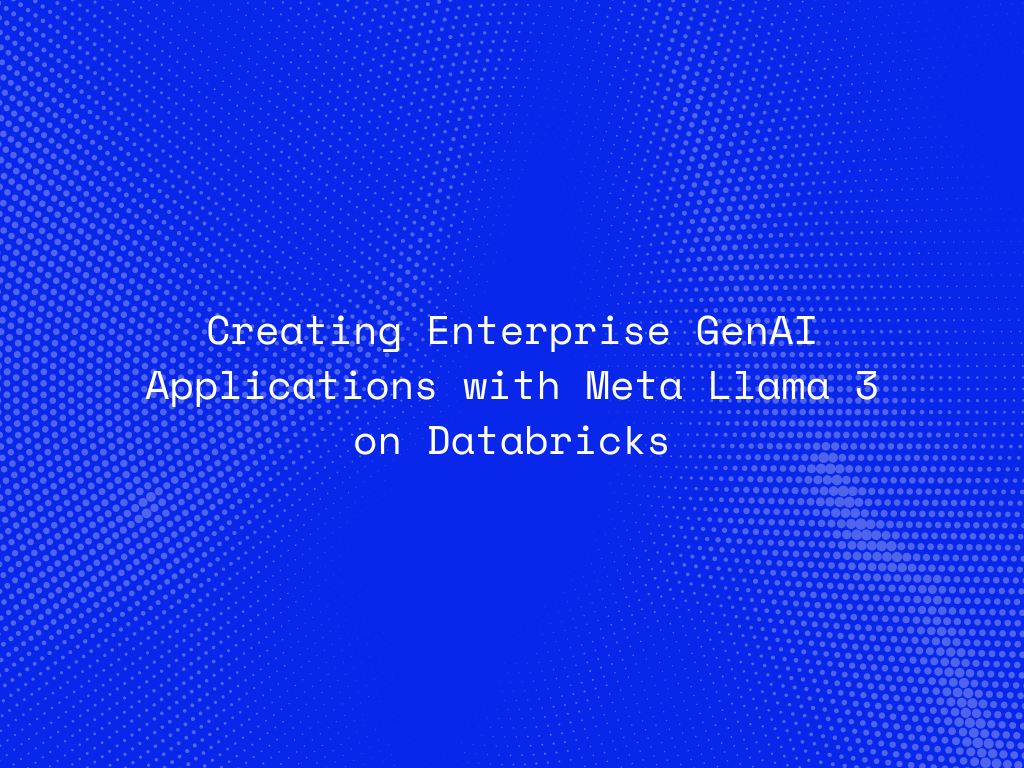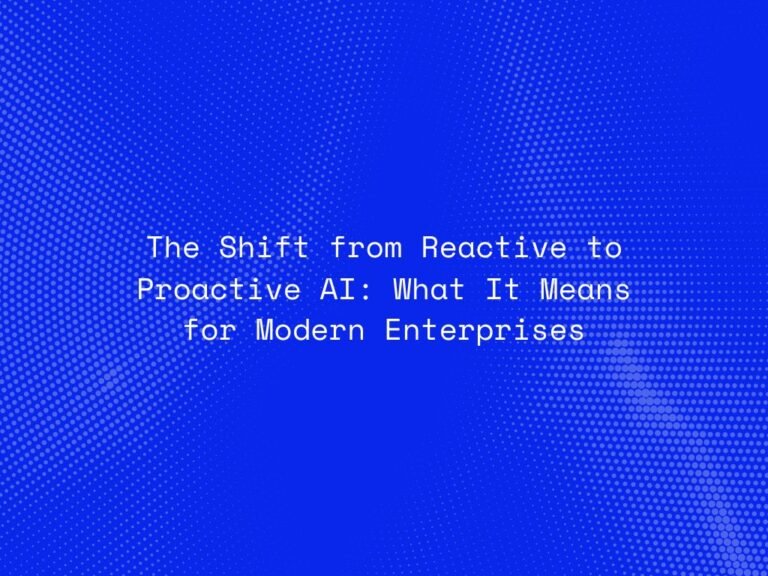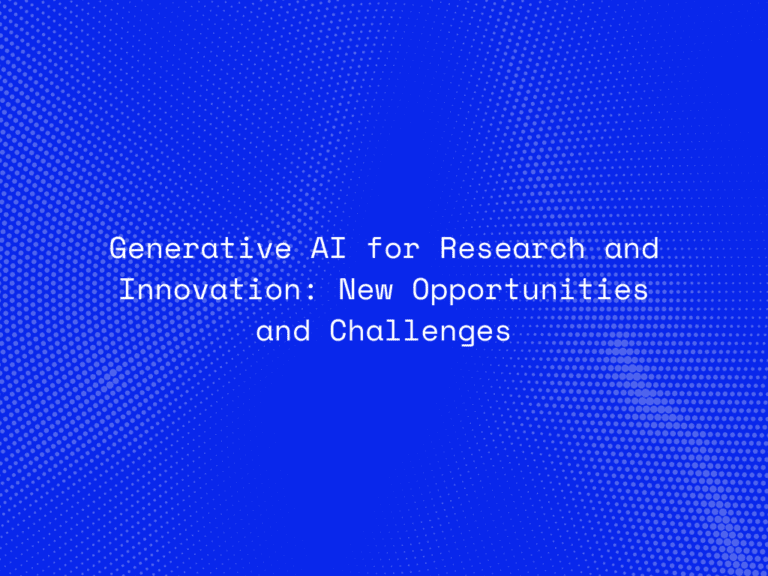Generative AI (GenAI) has revolutionized the way businesses create, innovate, and optimize their operations. With the advent of Meta Llama 3 on Databricks, enterprises have a powerful tool at their disposal to develop advanced AI applications. This combination enables organizations to leverage the robust capabilities of Meta Llama 3 within the scalable and collaborative environment of Databricks, driving innovation and efficiency in their AI initiatives.
What is Meta Llama 3?
Meta Llama 3 is a state-of-the-art generative AI model developed by Meta. It excels in generating human-like text, understanding context, and performing complex language tasks. This model is designed to enhance productivity and creativity across various applications, including natural language processing (NLP), automated content creation, and advanced analytics.
Connect With Us
Why Databricks?
Databricks is a unified data analytics platform that simplifies big data and AI workflows. It provides an integrated environment for data engineers, data scientists, and business analysts to collaborate on large-scale data projects. Databricks’ key features include:
- Scalability: Seamlessly scale compute resources to handle large datasets and complex computations.
- Collaboration: Foster collaboration across teams with shared notebooks and integrated tools.
- Unified Data Management: Efficiently manage and analyze data from diverse sources.
Benefits of Combining Meta Llama 3 with Databricks
- Scalability and Performance: Databricks’ scalable infrastructure allows Meta Llama 3 to process large datasets quickly and efficiently, making it ideal for enterprise-grade applications.
- Collaboration and Integration: Teams can collaborate in real-time, leveraging Databricks’ collaborative notebooks and integration with various data sources and tools.
- Advanced Analytics: Utilize Databricks’ powerful analytics capabilities to extract valuable insights from data generated by Meta Llama 3.
Steps to Create Enterprise GenAI Applications
-
Setting Up Databricks Environment
- Create a Databricks Account: Sign up for a Databricks account and set up your workspace.
- Configure Clusters: Configure and launch clusters that will be used to run Meta Llama 3 models.
- Install Required Libraries: Install necessary libraries and dependencies, including the Meta Llama 3 model.
-
Integrating Meta Llama 3
- Model Download: Download the Meta Llama 3 model from the official Meta repository.
- Model Deployment: Deploy the model on Databricks clusters using provided scripts and configurations.
- API Integration: Set up APIs to interact with Meta Llama 3 for various NLP tasks.
-
Data Preparation and Management
- Data Ingestion: Ingest data from various sources into Databricks using its built-in connectors.
- Data Cleaning and Preprocessing: Clean and preprocess data to ensure it is ready for analysis and model training.
- Data Storage: Store processed data in Databricks’ scalable storage solutions.
-
Developing GenAI Applications
- Natural Language Processing (NLP): Use Meta Llama 3 for tasks such as text generation, summarization, and translation.
- Automated Content Creation: Develop applications that generate high-quality content, such as marketing copy, reports, and articles.
- Advanced Analytics and Insights: Leverage Databricks’ analytics capabilities to extract insights from generated data.
-
Monitoring and Optimization
- Performance Monitoring: Monitor the performance of your GenAI applications to ensure they meet enterprise standards.
- Model Optimization: Continuously optimize the Meta Llama 3 model for better performance and accuracy.
- Scalability Management: Adjust Databricks cluster resources based on application needs to ensure cost-effective scalability.
Connect With Us
Use Cases of Meta Llama 3 on Databricks
- Customer Support Automation: Develop intelligent chatbots and virtual assistants that provide accurate and context-aware responses to customer queries.
- Content Personalization: Create personalized content for marketing campaigns, newsletters, and product recommendations.
- Business Intelligence: Enhance business intelligence reports with AI-generated insights and data interpretations.
Conclusion
The combination of Meta Llama 3 and Databricks offers a powerful solution for developing enterprise-grade generative AI applications. By leveraging the scalability, collaboration, and advanced analytics capabilities of Databricks, businesses can fully harness the potential of Meta Llama 3. This integration paves the way for innovative applications that drive efficiency, creativity, and strategic decision-making in the enterprise landscape.




